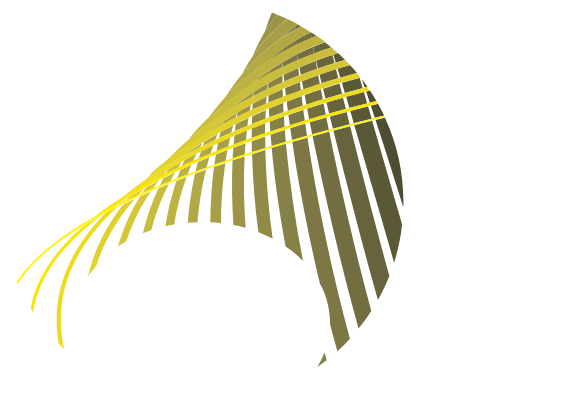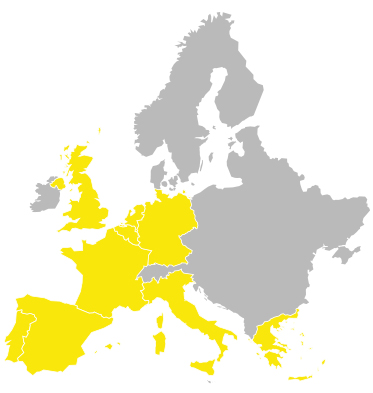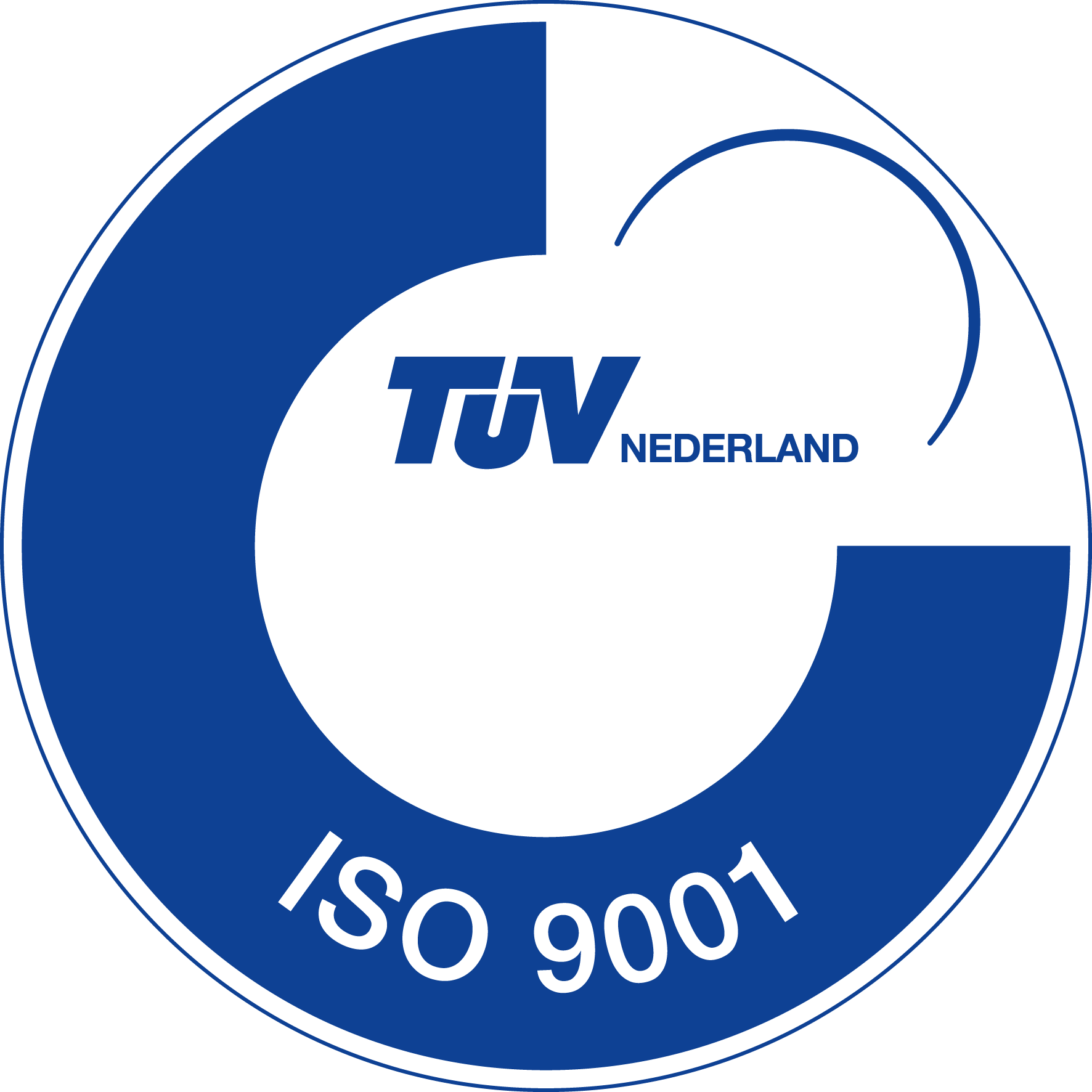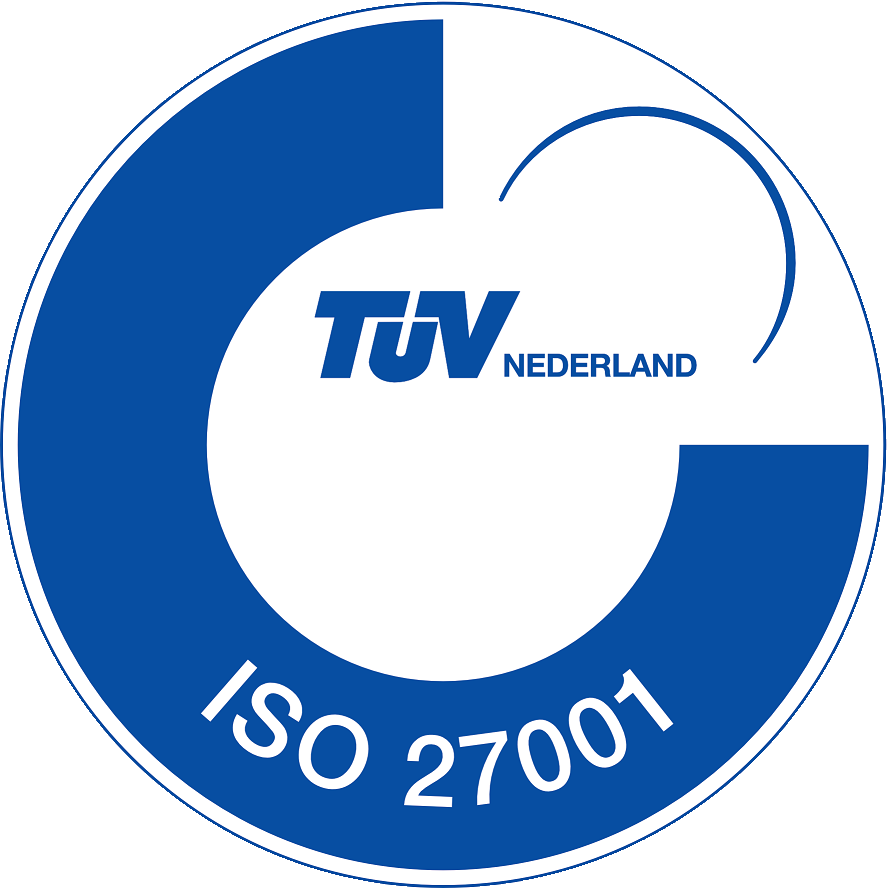Overview of the ROBOX project
Oxygen functionalities are key functional groups in many of today’s chemicals and materials. Introducing oxygen functionalities into raw materials can chemically transform them into useful materials, such as alcohol. Innovative bio-catalytic oxidation routes using molecular oxygen (from air) under benign and mild (pH) conditions, such as ambient temperature and pressure, can greatly improve the sustainability and economics of these processes. However, the enzyme-catalysed step of the process offers a less than optimal enzyme production and has limitations in its catalytic efficiency. That makes the process too expensive for many industries except pharma, where the price of end products is high (over 1000 euros per kilogram).
The ROBOX innovation introduces bio-oxidation processes that are suitable for a wider industrial application. The project has demonstrated the techno-economic viability of bio-transformations of four types of robust oxidative enzymes. For these enzymes, target reactions have been validated on lab-scale in pharma, nutrition, fine & specialty chemicals and materials applications:
- P450 monooxygenases (P450s)
- Baeyer-Villiger MonoOxygenase (BVMOs)
- Alcohol DeHydrogenase (ADH)
- Alcohol OXidase (AOX)
The introduction of ROBOX bio-oxidation processes is expected to bring substantial reductions in cost (up to -50%), energy use (-60%), chemicals (-16%) and GHG-emissions.
17 partners from various European countries, including 7 universities, constituted the project consortium. The project started in April 2015 and continued until March 2019. The European Union’s Horizon 2020 research and innovation programme provided funding for the project.
Objectives of the project
- Achieve a wider industrial application of enzymatic bio-oxidation processes to chemical markets, which have larger volume but lower price.
- Bring substantial reductions in cost, energy use, chemicals and GHG-emissions.
Our involvement in the project
PNO Chemistry’s main responsibility in the ROBOX project was to perform a stakeholder analysis to identify a relevant audience of stakeholders, policy makers, researchers and investors. This helped maximise the impact of the ROBOX project, paving the way for the market uptake of the proposed technology. From our analysis, we built a targeted set of communication and dissemination actions.



